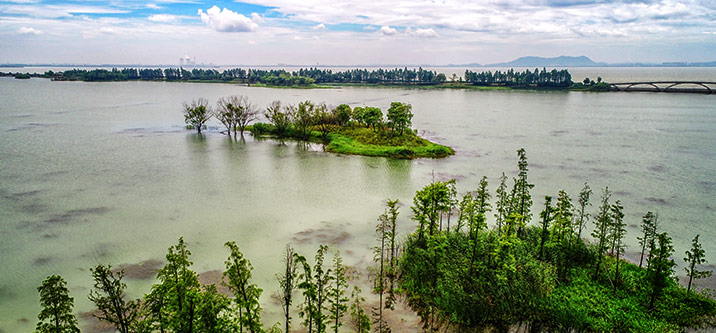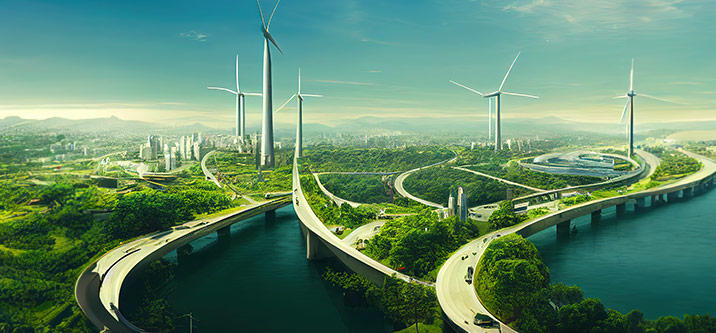Cultural eutrophication is a phenomenon that occurs when human settlements and human-centric development practices cause an increase in nutrient levels in water bodies. This process leads to the excessive growth of algae and other aquatic plants, which can have severe consequences for the health of the lake and its aquatic life. US lakes have been significantly affected by cultural eutrophication.
Understanding Cultural Eutrophication
Impact of Cultural Eutrophication
Human settlements around lakes and other water bodies often increases nutrient runoff from agriculture, sewage, and stormwater. These nutrients, primarily nitrogen and phosphorus, act as fertilizers for the aquatic plants in the lake, leading to the eutrophication process. As the plants grow and die, they consume oxygen from the water, creating low-oxygen conditions detrimental to fish and other aquatic life. Additionally, the decomposition of the plants produces harmful gases, such as methane and hydrogen sulfide, which can be toxic to aquatic life.
Human Activities
The development of waterfront homes and properties exacerbates the problem by increasing the number of fertilized lawns and gardens, contributing to nutrient runoff. In some cases, homeowners may even add fertilizers directly to the lake to promote the growth of desirable aquatic plants, further accelerating the eutrophication process.
Impact on US Lakes
The effects of cultural eutrophication on US lakes are far-reaching. Not only does it harm aquatic life, but it also has economic and recreational impacts. Many US lakes are popular tourist destinations for boating, fishing, and other water-related activities. The degradation of water quality due to eutrophication can reduce the appeal of these activities and negatively impact local businesses.
Time to Address Eutrophication
To address the cultural eutrophication of US lakes, it is essential to implement sustainable development practices that limit nutrient runoff. This includes reducing the use of fertilizers and properly treating wastewater and stormwater before it enters the lake. Additionally, aquatic life preservation efforts should be prioritized, such as controlling the growth of harmful algae and ensuring sufficient oxygen levels in the water.
Conclusion
Cultural eutrophication is a severe problem affecting US lakes, particularly those with waterfront homes and properties. Human-centric development practices have contributed to eutrophication, leading to significant economic, recreational, and ecological consequences. To mitigate these effects, sustainable development practices and aquatic life preservation efforts must be prioritized.
Land Global Foundation’s, mission is to safeguard and renew inland lakes throughout the United States by implementing effective conservation strategies. Our aim is to employ sound preservation practices to mitigate harm and revitalize the lake ecosystem. As a non-profit organization registered in the United States, we are dedicated to serving humanity and the environment.
To learn more about it, watch the video given below:





